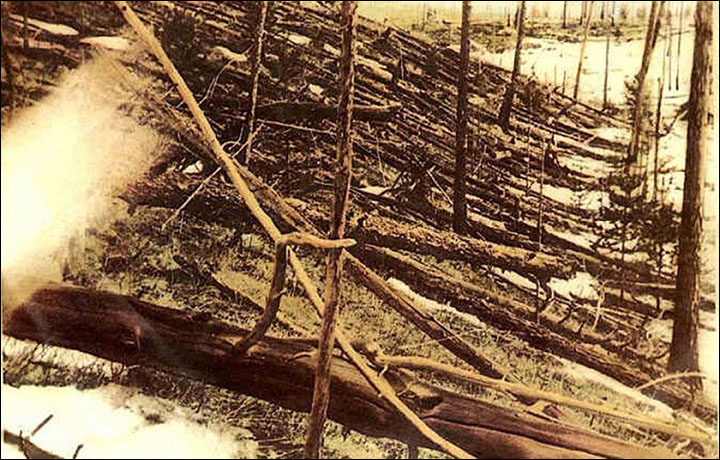
Explanations have focused on a meteor exploding in the atmosphere, a meteorite striking the surface, or a comet composed mainly of ice, yet apart from the wholesale destruction at ground level in an unpopulated area, there is only minuscule evidence of a space object.
In a major new contribution to the scientific debate, Dr. Sergei Karpov, leading researcher at Kirensky Physics Institute in Krasnoyarsk and his peers, argue 'that the Tunguska event was caused by an iron asteroid body, which passed through the Earth's atmosphere and continued to the near-solar orbit'.
It was 100 to 200 metres (328 to 656 feet) in diameter.
The researchers argue that the Tunguska space body 'could hardly consist of ice, since the length of the trajectory of such a body in the atmosphere before the complete loss of its mass would be less than the length of its trajectory estimated on the basis of observational data'.
The study by the Russian academics published in the Monthly Notices of the Royal Astronomical Society postulates that the destruction on the ground was 'the result of a passing space body and its shock wave, rather than a direct impact'.
The meteor passed over 3,000 kilometres (1,865 miles) of the planet's surface at the lowest altitude of 10 to 15 kilometres (6.2 to 9.3 miles), they believe.
It travelled at a phenomenal 20 kilometres per second speed (12.4 miles per second) before exiting into the outer space shredding about half of its over 3 million tonnes weight on the way.
Calculations showed that the shock wave could be created by a rapid increase of the space body's evaporation as it was approaching the Earth's surface - for a 200-metre (656-feet) meteor that would have been 500,000 tonnes per second.
High-temperature plasma could create effects typical for explosion such as a shock wave.
An issue that has puzzled researchers is the cause of fires in the epicentre.
The new study showed that it could be caused by the high-intensity light of the space body's head as it reached over 10,000 degrees Celsius at its lowest altitude in the Earth's atmosphere.
Calculations showed that the meteor flew over the epicentre for about one second - heating the forest to the extent it lit up.
Scientists used modelling to check their theory and to study how space bodies 'behave' when entering the atmosphere.
'At present, there are over 100 hypotheses about the nature of the Tunguska phenomenon', says Sergei Karpov. 'They include the fall of a small asteroid measuring several dozen metres consisting of typical asteroid materials, either metal or stone, as well as ice.'
However, the researchers argue that the Tunguska space body 'could hardly consist of ice, since the length of the trajectory of such a body in the atmosphere before the complete loss of its mass would be less than the length of its trajectory estimated on the basis of observational data'.
Dr Karpov stated: 'We calculated trajectory characteristics of space from 50 to 200 metres in diameter, and our modelling shows that it could not consist of rock or ice because, on the contrast with iron, such bodies fall apart quick because of colossal aerodynamic pressure in the atmosphere.'
If the Tunguska space object consisted of iron, it could explain why there are no iron droplets at the epicentre: they simply couldn't reach the planet's surface because of the speed of the space body in the atmosphere and its surface temperature exceeding 'several thousands of degrees Celsius.
'This version is supported by the fact that there are no remnants of this body and craters on the surface of the Earth.'
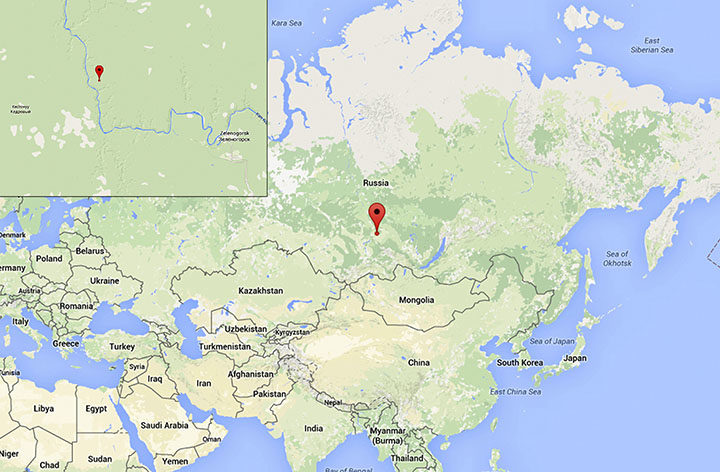
Soviet expeditions to the remote site near the Podkamennaya Tunguska River highlighted a lack of debris or craters on the surface.
Italian scientist Luca Gasperini, from the University of Bologna, claimed shaped Lake Cheko five miles from the epicentre, has filled the crater but his research is strongly disputed by Russian academics.
Dr Karpov said the new theory 'can explain optical effects associated with a strong dustiness of high layers of the atmosphere over Europe, which caused a bright glow of the night sky'.
The Tunguska Event led to a host of theories on the cause apart from a meteorite, from a massive volcanic eruption, to comet mainly composed of ice not solid space rock, and more.
Local Evanki people believed it was a visitation by an angry god called Ogdy.
'There was a bang in the sky and a mighty crash. The crash was followed by a noise like stones falling from the sky, or of guns firing. The earth trembled,' said a native Siberian some 60 km from the epicentre.
'I became so hot I couldn't bear it, as if my shirt was on fire, said another account from the past.
The scientists involved in study are: Daniil E. Khrennikov,1 Andrei K. Titov,2 Alexander E. Ershov,1,3 Vladimir I. Pariev4‹ and Sergei V. Karpov 1,5,6NOTES:
1. Siberian Federal University, Svobodny Av. 79/10, Krasnoyarsk 660041, Russia
2. Moscow Institute of Physics and Technology, Institusky Per. 9, Dolgoprudny 141700, Russia
3. Institute of Computational Modeling SB RAS, Akademgorodok 50/44, Krasnoyarsk 660036, Russia
4. P. N. Lebedev Physical Institute, Leninsky Prosp. 53, Moscow 119991, Russia
5. L. V. Kirensky Institute of Physics, Federal Research Center KSC SB RAS, Akademgorodok 50/38, Krasnoyarsk 660036, Russia 6Siberian State University of Science and Technology, Krasnoyarsky Rabochy Av. 31, Krasnoyarsk 660014, Russia





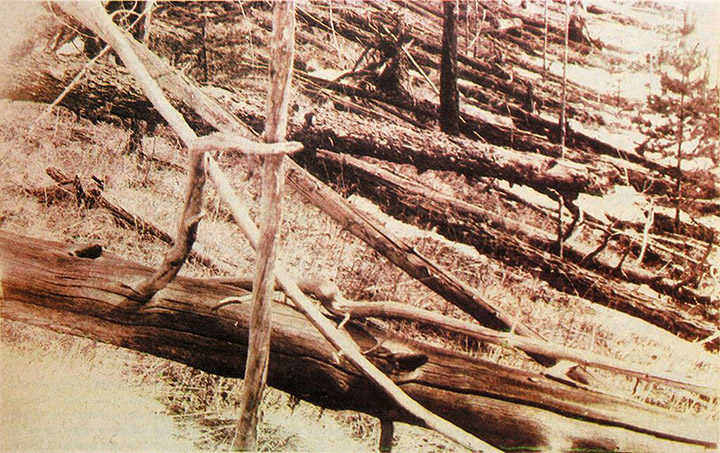
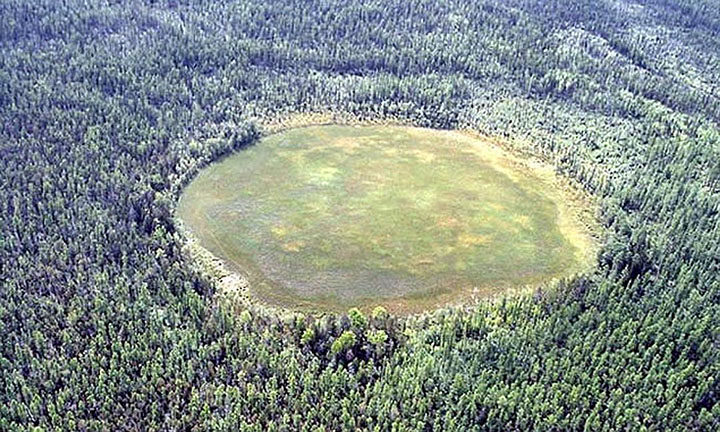
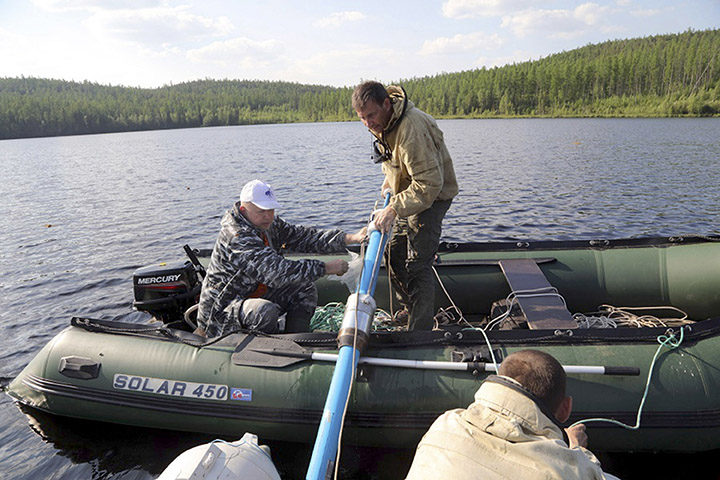
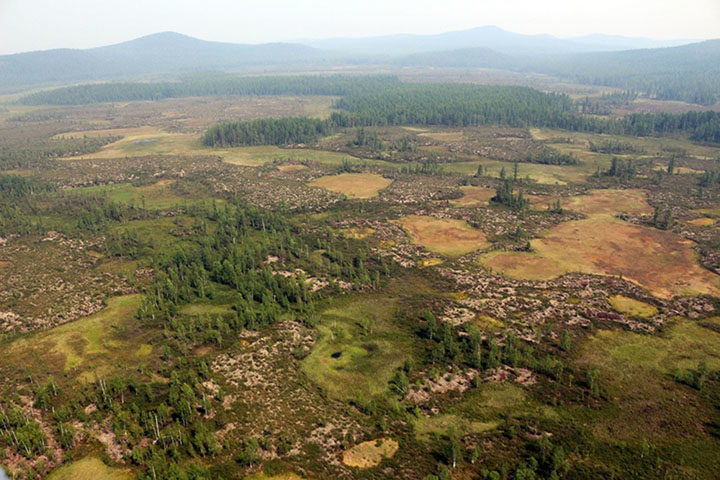
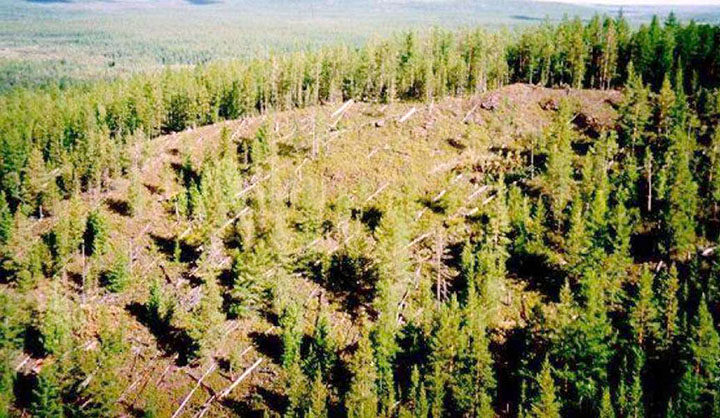



Riat = White blood cell
Alien ship = virus in the Body/Mind of the Living God
As above, so below.
Truth is often stranger than fiction.